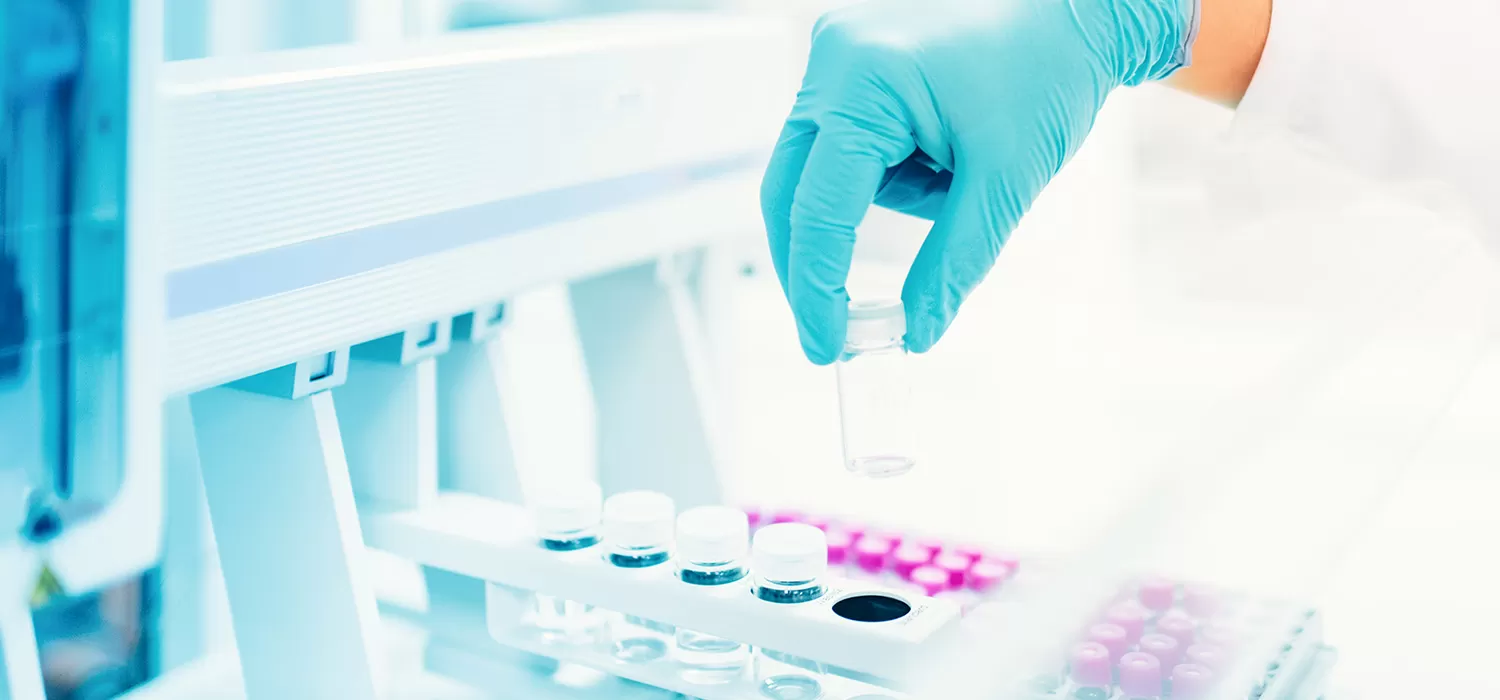The Rett Syndrome Research Trust Biorepository Spurs Drug Development Efforts

Everything we do aims to find a cure for Rett syndrome, including providing key resources to biopharmaceutical companies developing curative drugs. Cell lines, which refers to samples of living tissue, are particularly important for determining the potential of a treatment. When the ability to test in a human cell line is available, companies can study that treatment with more confidence and are more likely to do the additional work needed to get a drug from the lab into the clinic. To support this important need and get more treatments into development faster, RSRT established a collection of Rett patient-derived cell lines, also known as a biorepository, with the help of families who donated blood and skin samples from their loved ones with Rett.
The Rett Syndrome Research Trust biorepository launched in December 2018 with 31 Rett syndrome samples donated by Rett families, consisting of two types of cell lines: one created from blood cells (lymphocytes) and one created from skin cells (fibroblasts). In the spring of 2020, we expanded the biorepository and created induced pluripotent stem cells (iPSCs) for five of the most common mutations.
iPSCs are stem cells with the ability to grow into almost any other cell type depending on the signals and nutrients they are given. In our collection, iPSCs were created from lymphocytes where the lymphocyte cell “identity” was erased, allowing the cells to assume a new cell type identity. To study Rett syndrome, iPSCs are typically coaxed to grow into neurons to act as a cell model for the human brain. Currently, there is no other way to get human neurons in the lab, short of taking brain samples.
In the age of CRISPR, when gene editing and RNA editing are now a reality, human cell lines are essential for testing potential treatments. Mutation correction can be species-specific, so optimizing a treatment on mouse cells will help a mouse with Rett syndrome, but whether it will help a human with Rett syndrome gets unlikely pretty fast. Patient-derived iPSCs bridge this gap and allow researchers to test a human treatment in its intended environment: human cells and, specifically, human brain cells with Rett syndrome.
Since the biorepository opened almost three years ago, every single cell line has been requested for research. Thirty-three unique requests have been made to obtain these important resources from around the world, including requests from 18 university researchers, one nonprofit research organization, and 15 biopharmaceutical companies. These cells are being used to study and develop therapeutic approaches already defined in RSRT’s Cure360 agenda and, as the science advances, in new ways as well.
Our iPSC collection housed at Coriell Institute is the largest Rett syndrome iPSC collection available to academia and industry. These cell line contributions have helped companies prioritize Rett syndrome for therapeutic development, and they will continue to open doors for new companies to join us.
With the number of biopharmaceutical companies planning clinical trials and those who haven’t announced yet, we are confident that curative research opportunities for Rett will grow. Our biorepository, made possible by families’ selfless donations, is a shining example of how together we execute on our mission to cure Rett syndrome.


